
There are many different means to make an argument in this world. They range from the sub-rational to the rational to that which transcends human reason.
All may be efficacious, for a while, at least. Clearly, the utter evil of Mein Kampf was effective for a limited while …
But certain arguments are timeless – Plato’s dialogues leap to mind here – and the reason, I think, is that such arguments are always not only supremely rational, but trans-rational at the same time.
This is to say they contain such evident beauty that they are not merely logical, but appeal to all that which is highest in us: morality, beauty, piety, love …
Herein lies the great strength of Peter Kwasniewski’s Resurgent in the Midst of Crisis. Subtitled Sacred Liturgy, the Traditional Latin Mass and Renewal in the Church, Dr. Kwasniewski’s book addresses the liturgical crisis in the Church in a manner that speaks to both the mind and the heart simultaneously.
It will be no secret to regular readers of this site how vital we – my wife Kim and I – believe this to be. As the man who is now Pope Emeritus Benedict XVI once said: /
The ecclesial crisis in which we find ourselves today depends in great part upon the collapse of the liturgy.
Thus, it is very moving for both Kim and myself to discover Kwasniewski’s work. To our minds, he has gone straight to the heart, not simply of a crisis, I would say, but the ecclesial catastrophe.
This liturgical heart of the catastrophe is thoroughly examined through a probing comparison of both the old and new Mass – as well other liturgical issues before and after Vatican II (e.g. the diminishing of private masses or the impoverishment of the liturgical year).
It is, moreover, a profoundly erudite examination. The author has clearly steeped himself for long years in every aspect of the post-conciliar reforms of the liturgy. And on the basis of thorough knowledge, he has assembled an uncompromising critique not only of the new liturgy, but also the present ‘climate’ within the Church in the wake of the post-conciliar innovations …
Or as Kwasniewski himself writes:
Every time an ugly church is built or the Mass is offered unworthily, faith is endangered, distorted, thinned out. In the Church on earth, half a century out from the great springtime that was supposed to follow the Second Vatican Council, we are in the midst of a darkening Age of Unbelief, a winter colder than the Enlightenment itself.
At the freezing centre of this tragedy, Kwasniewski argues compellingly, is that the liturgical revolution was frequently not simply accommodationist regarding the Enlightenment, it was even inspired by the Enlightenment. At least, he makes a strong case that the so-called ‘Spirit of Vatican II’ is often Cartesian, overly rational, cerebral, utilitarian at the expense of soul.

Kwasniewski, of course, is hardly alone in penning uncompromising critiques of post-conciliar Catholicism. Alas, however, many of these are pained, bitter even ranting. It is easy to understand such. Those who love true Catholicity have suffered much over the last decades and it is often hard to resist the temptation to vent (particularly in our brave new world of instantaneous Internet communication).
But what sets Kwasniewski’s book apart is not simply his uncompromising approach to the liturgical catastrophe – but that he does not rant. Instead, he weeps; he mourns.
In other words, his book comes very much from the heart and thus – to return to our opening theme – it contains not only rational arguments, but arguments of the heart.
Here, I believe, is the book’s greatest strength. For as much as I profit from the brilliant erudition of a professor carefully elaborating the differences between old and new, it is the author’s heart, manifestly pious and sincere, which speaks to me most persuasively.
Here I struggle for words. Reading this book, it is plain that it could never have been written by a man without a very living faith.
Now, living Catholic faith renders the heart tender, open, acutely sensitive not only to the beauty of true liturgy, but to the culture which true liturgy generates, which is to say Christendom. The book displays these living qualities and more.

But there is something still more delicate, for which the right words are hard, so hard …
Perhaps I can approximate this delicacy by saying the heartfelt sensitivity strikes me as almost mystical at times. I feel a man with a profound sensitivity for the Catholic Mystery is speaking to me, from heart to heart …
Here are feeble words to suggest the living heart of this book. I fear I can do no better. Thus I will draw my review to a close, by simply saying two things.
First, that we face a dire crisis in the Church, whose urgency has not abated after fifty years. And, second, that I deeply recommend Resurgent in the Midst of Crisis to anyone who cares about that crisis and the fate of the Church and who realises that thereby hangs the fate of humanity …
A Postscript of Extracts
However, as a postscript, I will leave you, dear Lector, with certain extracts from the book (in which I break down longer paragraphs into shorter ones for easier reading from a screen). I pray these little extracts may serve to convey something of the multifaceted riches of heart and intellect contained in Kwasniewski’s book:
We must consider the more tragic case of deeply devout Catholics who loved the old Mass and were crushed, dazed, shocked, scandalized, and embittered by the sudden changes, which ripped from their hearts the practice of religion that was dearest to them …
I have conversed with many of these estranged Catholics over the years, people who will never be able to forget what was done by priests and bishops to Catholic life and culture, to the Mass, to the Faith.
The liturgical reform has left in its trail countless graves of wounded and broken spirits whose sufferings, whether loss of faith or heroic preservation of faith, will only be known to us in the world to come, at the Last Judgment, when all that is hidden will be laid bare.
A steep decline in Mass attendance was a normal and predictable reaction, sociologically speaking, to a rapidly and radically revised liturgy, in gross discontinuity with the preceding tradition—the irony being that this new sleek ceremony was designed to “speak more directly” to modern man, in contrast to the distracting complexity and aestheticism of a hieratic, symbolic Latin liturgy, which, according to the experts, “few understood.”
Never has the fallacy of “naturalness” been more fully exposed. The prayers and ceremonies of the traditional Mass are, in the best and fullest sense of the word, a natural response to the transcendent mystery of the Incarnation— that is why this Mass is such a perfect vehicle for the supernatural grace that presupposes nature even as it surpasses it.
The liturgy developed organically out of revelation and the graced human response to it, which is why, given due exposure and effort, everyone can understand the ancient rite, but no one can fathom it.
The Novus Ordo, on the other hand, is an aesthetic-intellectual construct: its aesthetics are as shapelessly ugly as most churches built during the postconciliar period, and its “accessible content,” precisely on account of its verbosity and cerebrality (two things that almost always go together), is boring and superficial. Everyone can understand it—and see through it. Is this really all there is to the “mystery of faith” at the heart of the universe?
Hence, at the mainstream Novus Ordo, there is often little or no feeling of absorbing worship, in both senses of the phrase: an awareness that the liturgy itself has the wherewithal to absorb your heart and mind, and an awareness that you are absorbing what it offers. It has almost nothing in common with the divine cultus, the earnest worship of God that peoples of every culture in every age have, with varying degrees of success, attempted to offer.
To the extent that this is true, there is little in the new liturgy that can powerfully attract a serious pilgrim in search of the living God—a Muslim whose over- whelming desire is to adore the Almighty Lord of heaven and earth, a Buddhist monk intent on the silent pursuit of enlightenment, an orthodox Jew whose life is consumed by reverence for the Law of the Most High.
If such pilgrims are still to be found attracted to the Catholic faith as embodied in contemporary parish life and even converting, this is a sheer mercy of God, whose grace oversteps the limits of nature and culture. The new liturgy is a negligent midwife in this birth. One may contrast this sad fact with countless stories of preconciliar converts who, like Charles Péguy, were attracted to the Catholic faith first, or most deeply, in and through the sacred liturgy as it was once celebrated throughout the world.
And, here, to end with, is a small passage from earlier in the book:
So let us put to rest once and for all the absurd statement that “People can’t understand what’s going on at a Mass in Latin, but everyone understands what’s going on at a Mass in English.” In reality, the most unwashed, unlettered medieval peasant knew better what was happening in the lofty sanctuary of his local church—the peasant who knew, in part from the stained glass windows whose beauty and intricacy still cause us to marvel, that God died for me, the Blood of Jesus washes away my sins, and all this is wondrously present in the Mass—than does many a modern parishioner sitting in his whitewashed church of angular artifacts, who does not clearly confess the Real Presence of our Lord in the Eucharist, who confuses sentimentality with charity and sing-alongs with prayer.
The kind of understanding that really matters at Mass is attainable by every faithful soul who sets foot in a real church with a sacred liturgy: it is an intuition of the mystery of the Word-made-flesh, made food for us; the once-and-for-all sacrifice of Calvary, present in our midst. Any other “understanding,” no matter how actively participative, is an illusion of the real, a distortion of the form, a distraction from what matters.
Having the Mass in one’s native language is no guarantee that a person will understand the mystery of the Mass.
Foreword for Monarchy by Roger Buck
Buying Books at Amazon Through These Links Gives Us a Commission. This Supports Our Apostolate. Thank You if You Can Help Us Like This!
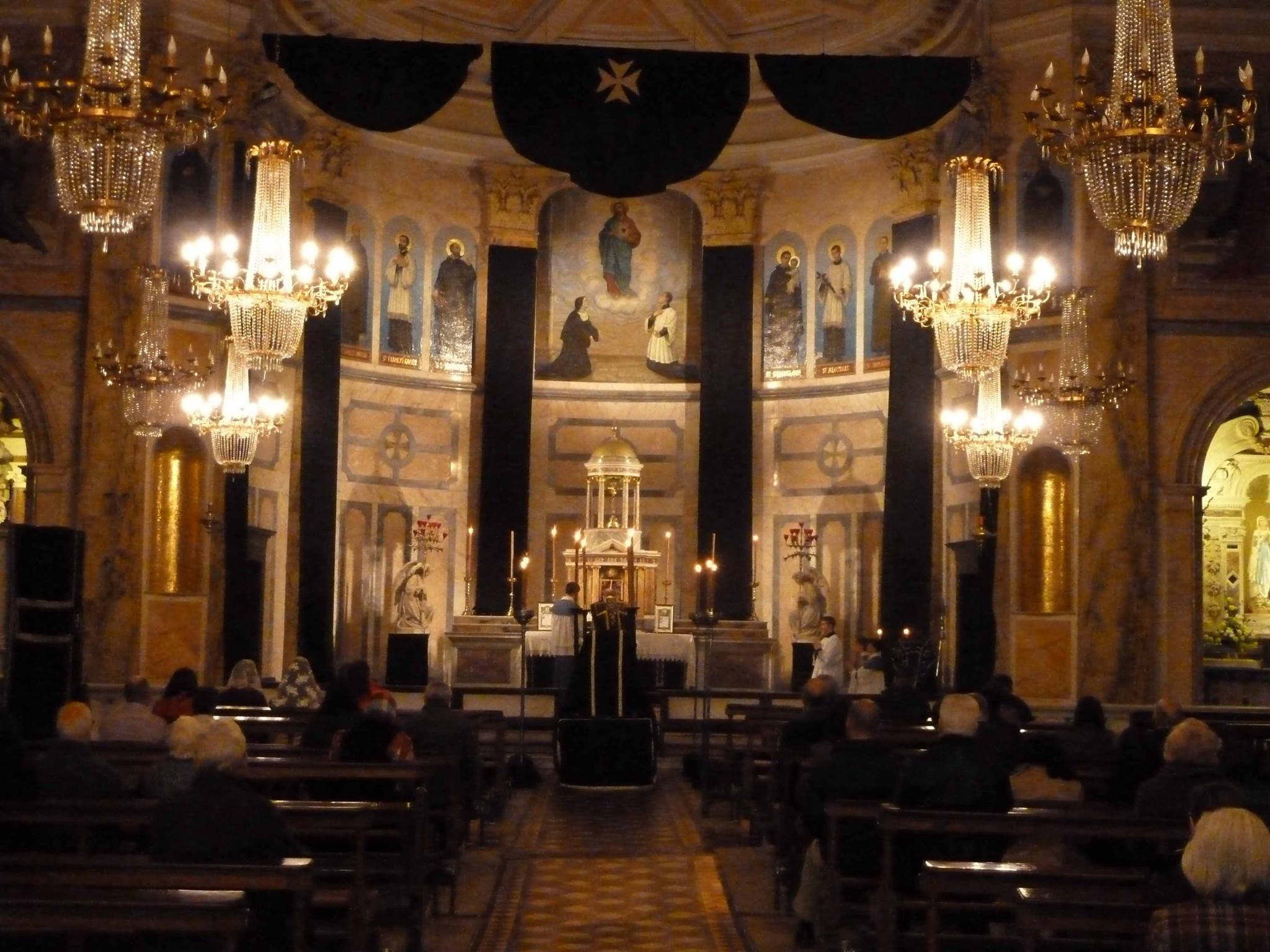
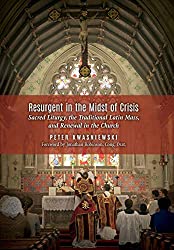
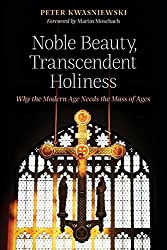
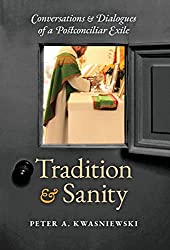
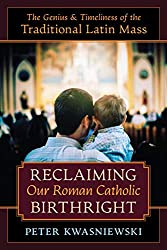
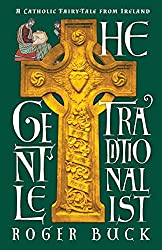
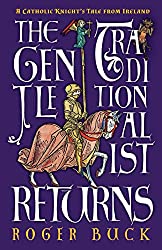
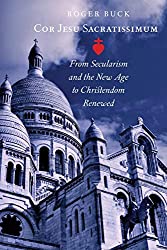
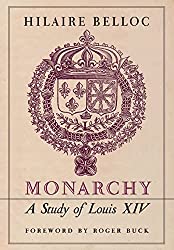
Comments
comments are currently closed
One response to “Resurgent in the Midst of Crisis by Peter Kwasniewski—Review”
[…] gush in public? I cannot say, but having poured out my enthusiasm for Peter Kwasniewski’s Resurgent in the Midst of Crisis last time, I feel reticent to repeat the act with Thomas Storck’s From Christendom to […]